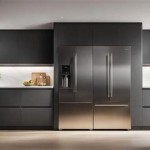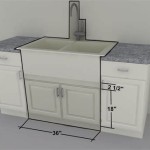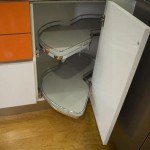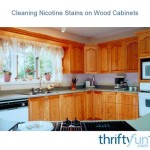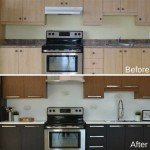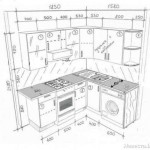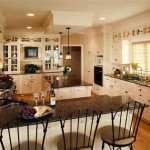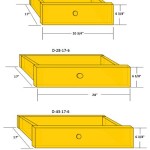Essential Aspects of Wood Moulding for Kitchen Cabinets
Wood moulding plays a crucial role in elevating the aesthetic appeal, durability, and functionality of kitchen cabinets. Its intricacies add character, define spaces, and protect cabinets from wear and tear. Understanding the essential aspects of wood moulding is vital for creating a cohesive and stunning kitchen design.
Transition: In this article, we will delve into the key aspects to consider when choosing wood moulding for kitchen cabinets, including material, style, function, durability, and installation. Understanding these aspects will empower you to make informed decisions, ensuring a beautiful and enduring kitchen space.
Material
The type of wood used for moulding significantly impacts its aesthetics and durability. Popular choices include oak, maple, cherry, and poplar. Each wood species offers unique grain patterns, colors, and hardness levels. Consider the overall kitchen design and the desired level of durability when selecting the material.
Style
Wood moulding comes in a wide range of styles, from traditional to contemporary. Crown moulding adds a touch of elegance, while base moulding conceals gaps between cabinets and the floor. Pilasters and corbels create a three-dimensional effect, adding depth and interest. Choose moulding styles that complement the kitchen's overall design and personal preferences.
Function
Besides aesthetics, wood moulding also serves practical purposes. Base moulding protects the bottom of cabinets from moisture and wear, while crown moulding conceals gaps between the cabinets and ceiling. Decorative trim adds depth and visual interest to cabinet doors and drawers. Consider the functional needs of the kitchen when choosing moulding.
Durability
Kitchen cabinets endure daily use, so it is essential to choose moulding that can withstand wear and tear. Hardwoods like oak and maple offer excellent durability. Priming and painting the moulding provides additional protection against moisture and scratches. Consider the amount of traffic and the intended use of the cabinets when assessing durability.
Installation
Proper installation is crucial for the longevity and aesthetics of wood moulding. While some basic types of moulding can be installed with nails or adhesive, more complex designs may require professional installation. Consider the complexity of the moulding, the tools required, and the desired level of precision when planning for installation.
Conclusion: By carefully considering the material, style, function, durability, and installation aspects of wood moulding, you can make informed decisions that will result in a beautiful, functional, and enduring kitchen space. Understanding these essential aspects empowers you to create a kitchen that meets your aesthetic preferences and practical needs.

10 Types Of Kitchen Cabinet Molding For Your Home

3 Ways To Enhance Your Kitchen With Crown Molding

Adding Moldings To Your Kitchen Cabinets Remodelando La Casa

11 Kitchen Cabinet Crown Molding Ideas For Your

11 Kitchen Cabinet Crown Molding Ideas For Your

Crown Molding For Kitchen Cabinets Fine Homebuilding

9 Molding Types To Raise The Bar On Your Kitchen Cabinetry

Consider Molding For Your Kitchen Cabinets Cabinetry In Annapolis Md

Diy Kitchen Cabinet Upgrade With Paint And Crown Molding

Faq Crown Molding For Cabinets Dura Supreme Cabinetry
Related Posts

